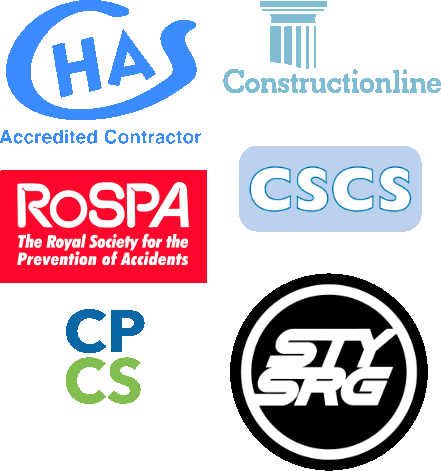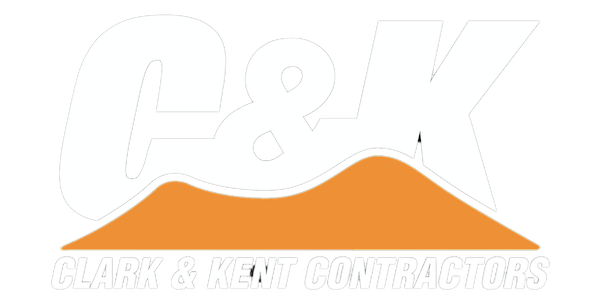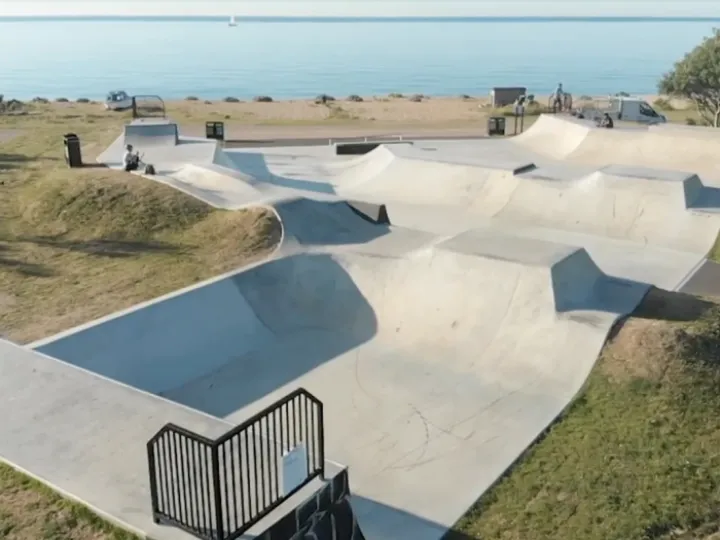Skatepark terms explained
Skateparks are purpose-built recreational spaces that help revitalise parks and urban areas. They provide an attractive open-air sport for young and old. Skateparks can vary in size and structure. Some are built cheaply from prefabricated plywood, while skilled skateboarders prefer a concrete plaza built to last.
Innovative ideas in skatepark design and construction continue to grow, shaped by changing trends, novel building methods and materials, and environmental constraints. Skateboarding requires physical fitness, agility, balance, and self-confidence. The sport has spawned dedicated clubs, websites, magazines, and fashion trends as its popularity spreads. Performing skateboard tricks requires balance, skill, and innovative thinking. Helmets and pads help offset potential injury, but thrills and spills are at the heart of the sport.
In skatepark design, the jumps and berms are laid out in various ways to mimic the sport's 'street' origins. Modern skatepark layouts incorporate more 'transitional' free-flowing curves and bowls to expand the more traditional box-shaped street forms. Many layouts of prefabricated wood and plastic proved unpopular with skateboarders. Although cheap to install, they soon suffered damage, which triggered high maintenance costs and safety concerns. Most skateboarders favour custom-built concrete surfaces that offer design flexibility and low maintenance. They demand specialist construction skills such as those provided by Clark & Kent Contractors, which may be more expensive initially but save money in the long term.
Skateparks have their terminology, and newbies can find terms confusing and even incomprehensible. Standard features have developed their lexicon, and while tens like half-pipe may be easy to understand, others like 'hubba', 'vert', and 'pole-jam' may need a little explanation. Here, we cover the terms you are most likely to come across.
Skatepark ramp basics
Skateparks are made of ramps of all types, shapes, sizes, and layouts. Whatever the ramp type is, it has four essential parts. These are:
Deck: This is the flat surface at the top of a ramp or bowl, where skaters stand when waiting their turn or 'dropping in.'
Transition: A transition is the curved surface of a skateboard ramp or bowl where the skater moves from flat to vertical or vice versa. Skaters sometimes refer to 'transition skating' on curved surfaces like pipes and bowls in contrast to 'street skating' flat features such as steps, ledges and rails.
Coping: The coping is the top of the ramp where the transition meets the deck. It can be a rail, a bar, or an angled metal strip. The coping lets the skateboard 'hang up' so the skater can perform grinds, stalls and other tricks.
Vert: When the ramp curves enough to be perpendicular to the ground, it's called a 'vert'. Verts let riders throw themselves up and round to transition back to the flat. 'Vert' skateboarding has become very popular with experienced skateboarders.
Those are the main parts of most ramps, but many different kinds can be found in a skateboard park. Here are some you are most likely to encounter.
Bank: A bank is a simple inclined slope and a common feature of skateparks. Skaters use the flat slope to pump up their speed and use platforms for various tricks. Banks are often paired with other features to form more challenging shapes, such as pyramids. They usually have ledges and curbs at the top or hips when connected. Banks can combined to create more complex shapes like a 'bump', a cone with a flat top, or a 'pyramid', again with a flattened top.
Bowl: A bowl is a feature of more advanced skateparks. It often resembles an empty oval or shaped swimming pool. Depths can vary, but most will have a coping around the edge to allow skaters to drop in and carve like surfing a wave. Bowls can be open or enclosed and come in many shapes, such as egg, kidney, or peanut. Cut a sphere in half, turn it on its side, and get a cradle. Cradles often form part of a bowl structure and allow skaters to over-vert.
Pipe Pipe shapes are self-explanatory but come in various flavours.
The Quarter-Pipeis a key ramp in many parks. It's a convex-shaped mini ramp with coping and a deck at the top that's often key to the park's flow. It's where skaters learn and practice transition tricks. Quarter-pipes vary from mini-ramps to vert ramps, and custom-built concrete skateparks often have long quarter-pipes that run around the park's outer edge.
Half-Pipes are formed when two quarter-pipes face each other, often with a flat section between them. They are ideal for transition skating and learning the basic tricks. Half-pipes high enough (6 – 12 ft) can be vertical at the top and are known as vert ramps. Smaller half-pipes (4-6ft) are called mini-ramps.
A Full-Pipe is what it sounds like: a complete tube with open ends. The ultimate challenge is an entire 360-degree vert loop, achieved by only a handful of skaters. A full-pipe is found only on major sites as it is the most dangerous obstacle.
Spine: When two half-pipes or quarter-pipes are joined back-to-back, they create a spine. The structure has concave surfaces on both sides and no deck so that skaters can make aerial transitions from one side to another. Skaters can reach high speeds and execute some of the most demanding tricks on spines.
Hip: Two quarter-pipes set and an angle create the 'hip'. The curved transitions turn away from each other with a ridge in the middle for skaters to air or grind over. They can come in many sizes and are often positioned to the side of skateparks.
Stair: Stairs are what they sound like. Skaters' ollie' the steps or ride the handrails or the 'hubbas', which are the raised box-shaped ledges that run down the side of the steps. Stairs sometimes have a handrail alongside the steps, and there is often a flat ramp nearby, so skaters have an alternative route.
Rail: The stair handrail is not the only rail found on a skatepark. Rails can be found pretty much anywhere, and there are several types. Flat rails are horizontal metal bars raised off the ground and may be round or square. Rail skaters use them for grinds and slides. A 'rainbow rail' is curved to the shape of a rainbow, while a 'pole jam' jam is a short pole buried at an angle for skaters to grind it and jump off.
Jump box: The 'jump box' is a raised platform with curved ramps on each side. The skater pumps his way up the curve and jumps the flat surface to land on the down curve. Like the pipes, they are great for transition training. A variation of this is the 'fun box', which also has a flat tabletop and various ramps, rails, hubbas, ledges, banks, and coping, ideal for slide and grind tricks.
Skateparks come in all shapes and sizes, and the layouts can be confusing, even for experienced skaters. Each type of skatepark has its strengths and weaknesses, and communities that want to build a skatepark need to take advice from expert skatepark construction firms like Clark & Kent and the local skateboarding circle. Clark & Kent excels in interacting with local people to ensure they get the skateboarding park right for them. An experienced, professional designer will be comfortable discussing skatepark size, position and facilities to get the best designs within the available budget.
More on skateparks
For help with your skatepark project, talk to Clark & Kent , specialist builders of BMX tracks and skateparks.
Contact Us
OFFICE
01630 672329
office@clarkkentcontractors.com
Endorsements


